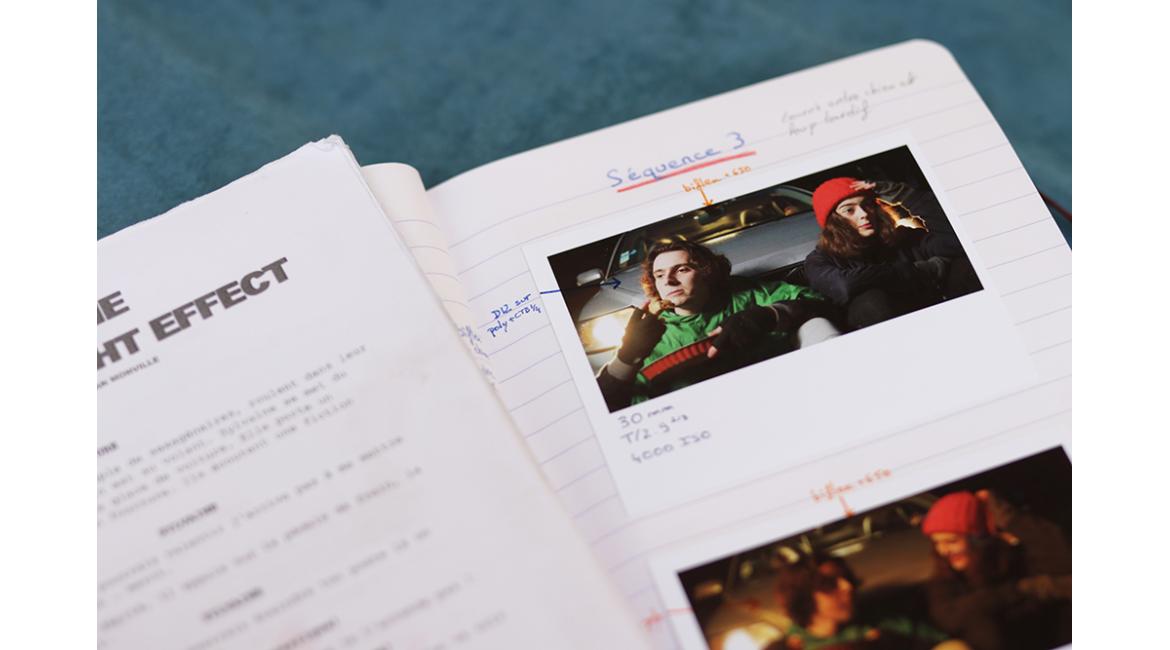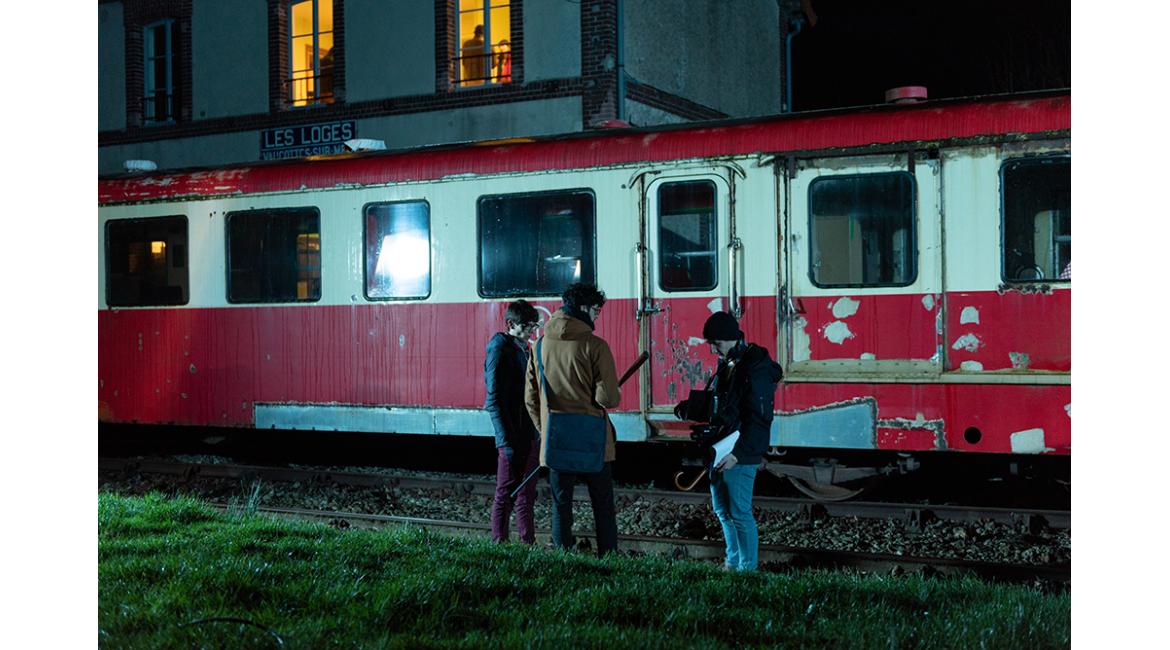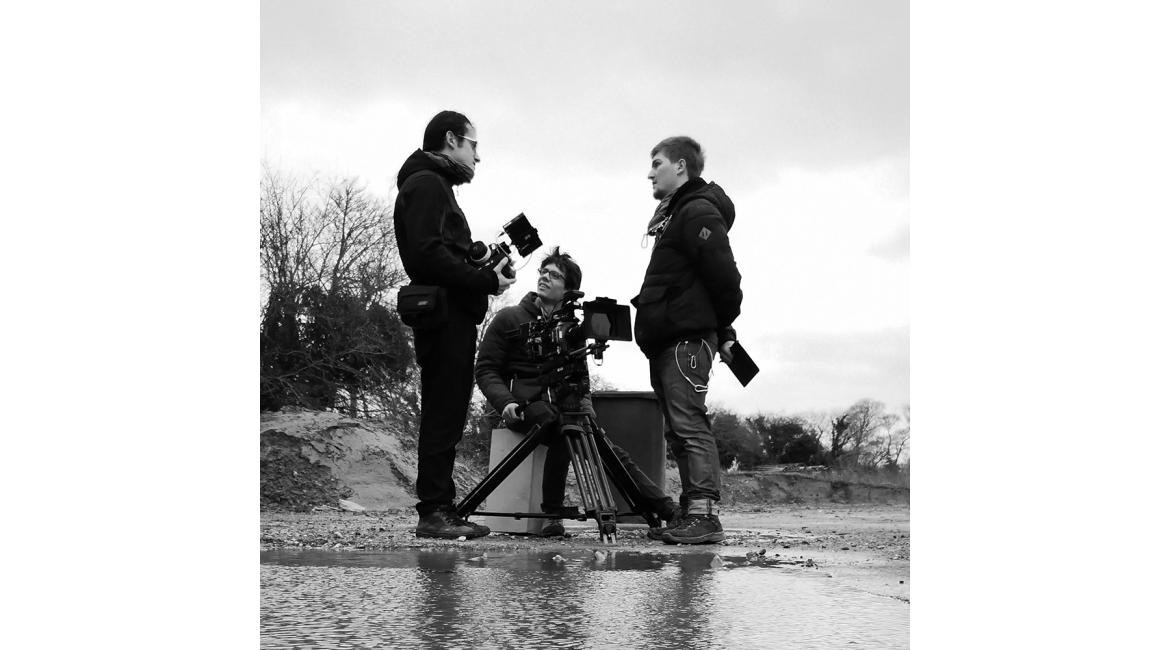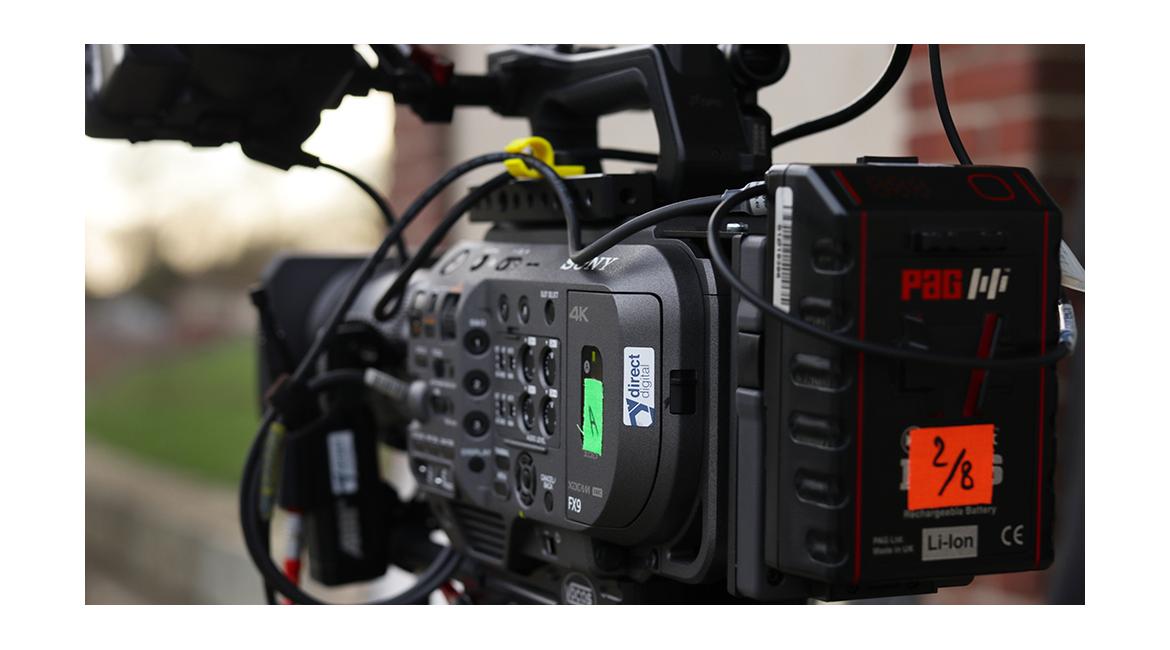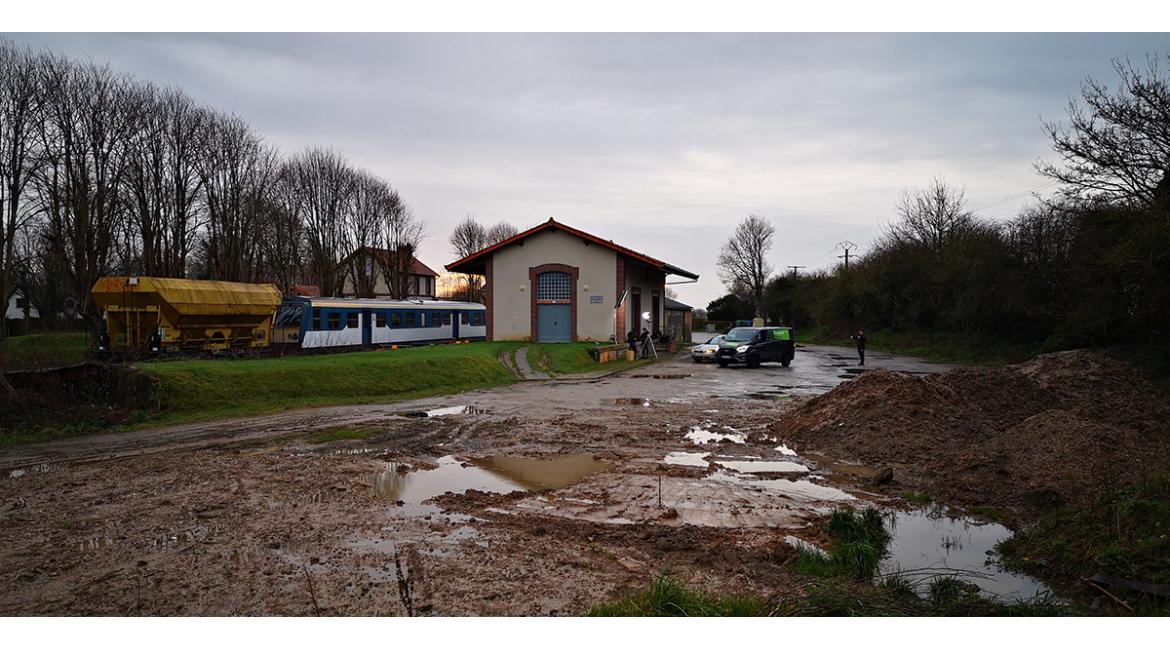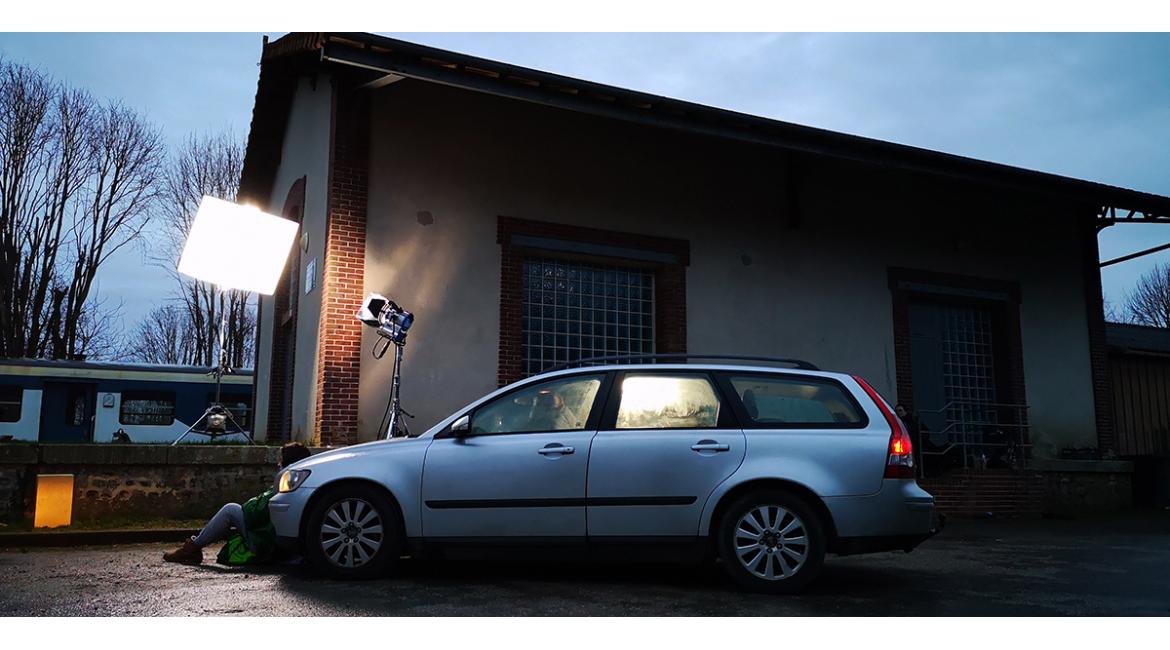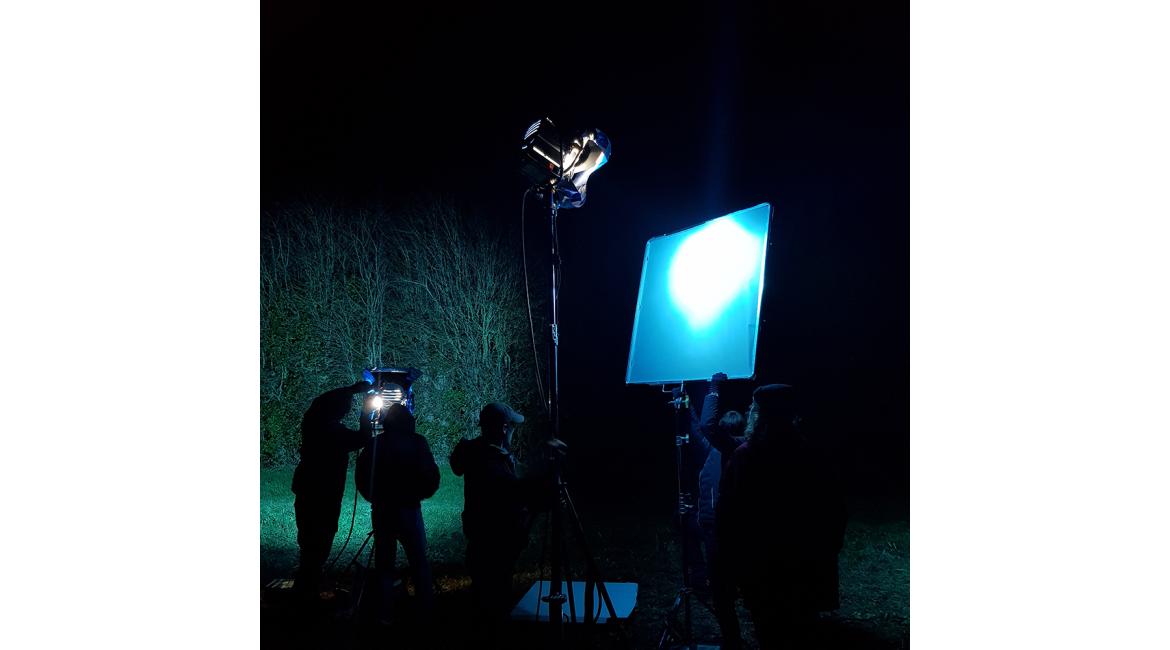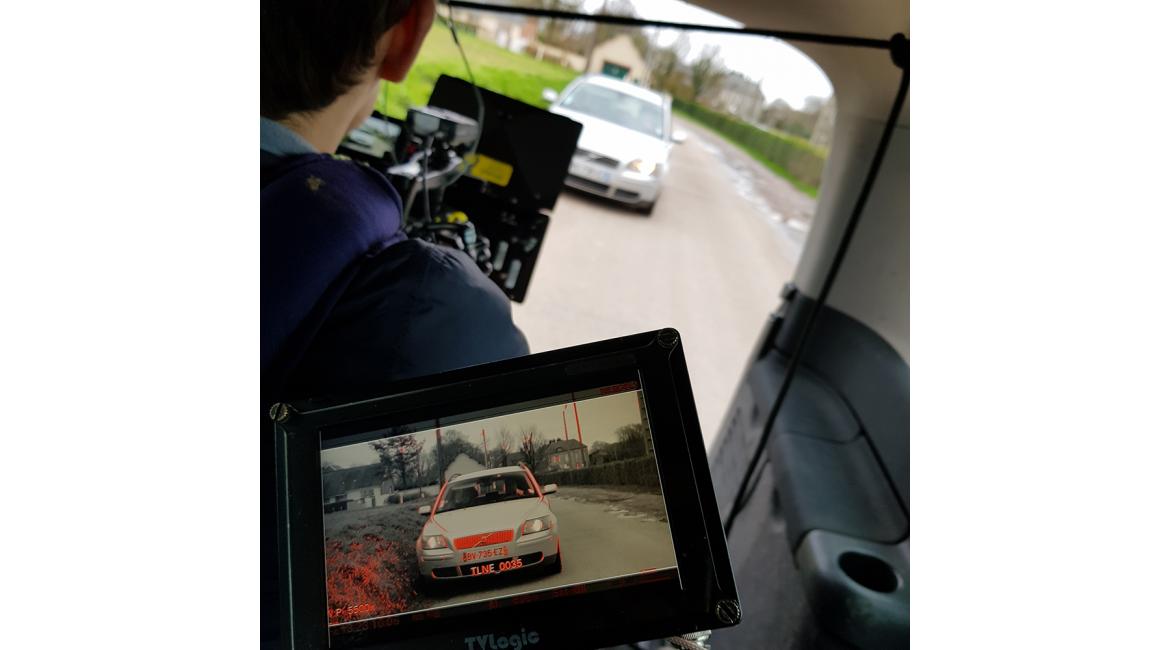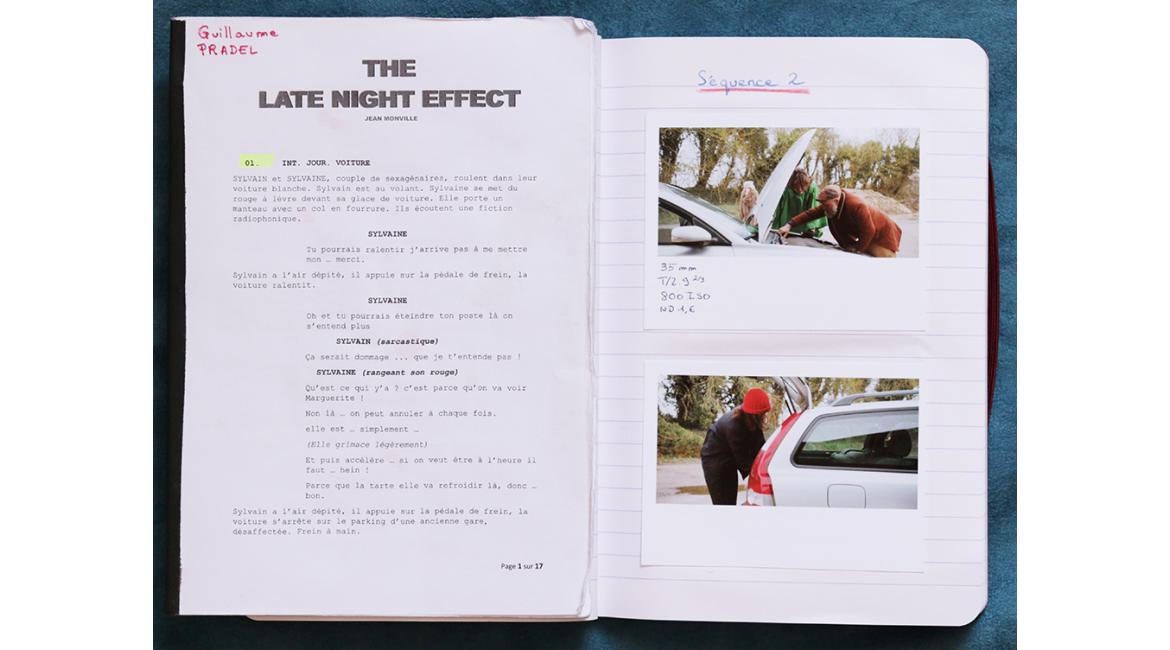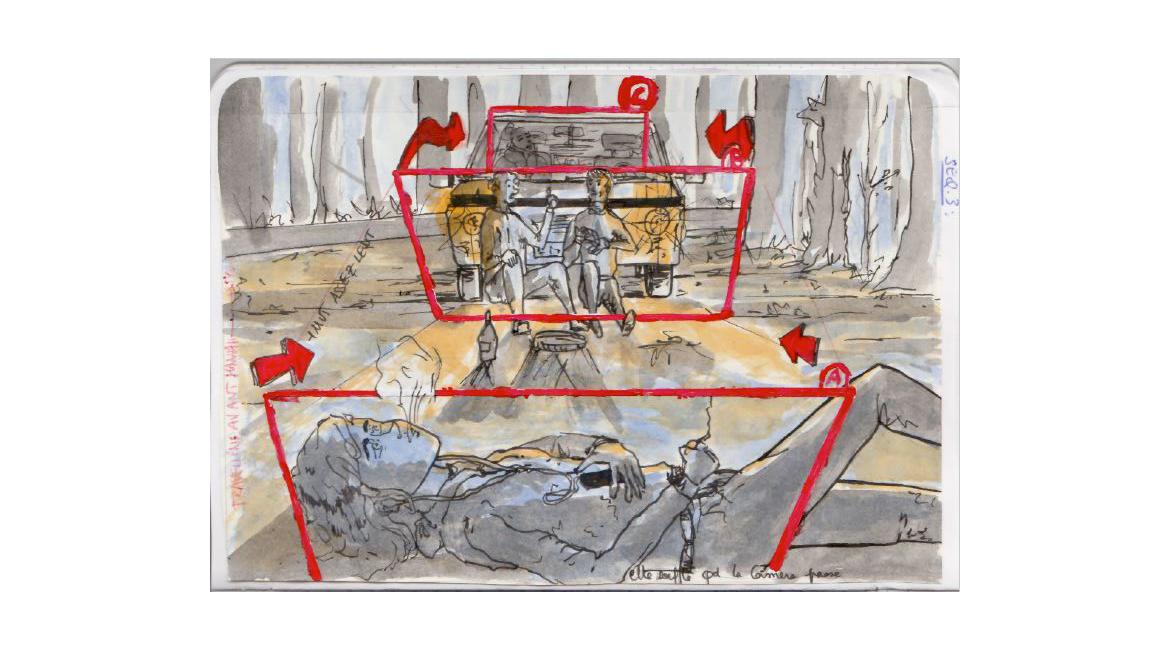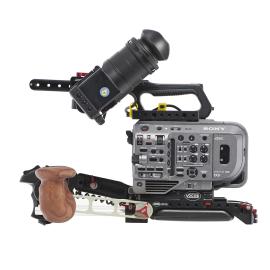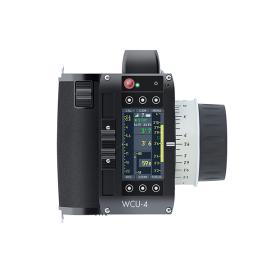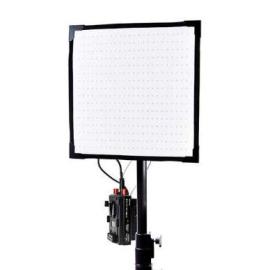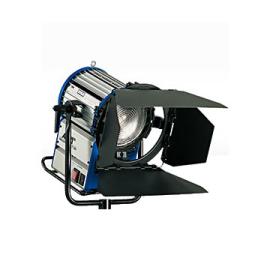In February 2020, Jean Monville went to Normandy to shoot his short film for a week with his team, Futur Production.
The late night effect is a genre film, halfway between thriller and comedy, marked by references such as Dario Argento's Suspiria, Coralie Fargeat's Revenge or Laissez bronzer les cadavres by Hélène Cattet and Bruno Forzani. This is an opportunity for the team to try their hand at trenchant light bias and to free themselves from realism when the characters indulge in absurd violence./p>
Equipment used:
Camera: Sony FX9
Lenses: Fujinon MK 18-55 et 50-135 T/2.9
Lights: Arri D12
DMG lumière SL1 mix
Aladdin Biflex M7
Direct Digital was fortunate enough to be able to speak with the entire crew sometime after the shoot to get their impressions of the new Sony FX9 and their shooting conditions.
First of all, can you tell us about your project?
Jean: This project is part of the association Futur Production which is based in Le Havre and has about 10 members, all of whom are friends. We decided to set up a structure to help us move forward, learn and create projects that we like such as short films, music videos, a little bit institutional also to help us finance other diverse and varied projects. We try to make a short film at least once a year.
I created the script for The Late Night Effect about two years ago. Basically, in my mind, it was an experimental fantasy film, and as I wrote it, it became an offbeat comedy. During the writing phase, there are films that inspired me like "The end of the f***ing world", films that reuse genre codes like western or giallo. I really like this offbeat world of genre cinema. At the time, I thought a lot of short films looked alike... I wanted to do something different and have fun with this kind of stories.
I drew the shots on the storyboard as I was writing. I wrote down my ideas, some of which changed afterwards depending on the time we had on the set and our technical means, but we always stayed with the same intentions.
Guillaume: It was very pleasant to work from a storyboard like that, it served as a basis for us. He had already done the cut-outs so we didn't change much during the preparation. On the other hand, it's also a bit of a trap because his storyboard was made for a specific setting with a lot of forests and in the end we shot in an abandoned train station, which was very different. So it forced us to revise the cut on the set, but the storyboard allowed us to keep his initial idea in mind.
How did you divide up the tasks during the shooting?
Jean: There were six of us in the camera crew, Guillaume (cinematographer), Achille (electro manager) and Gabriel to assist him, Pierre-Nicolas (1st camera assistant), Rémy (2nd camera assistant) and myself (Jean, scriptwriter and director). And Nathan Lepiller was our producer.
Guillaume: This is the first time I had 5 people to manage. It's nice to have a complete team, I already knew almost everyone, and everyone had their say on how to improve the image, it's nice to get feedback from the others and to be able to take a step back.
How did your references (Suspiria, Revenge, Laissez bronzer les cadavres) inspire your creative process?
Jean: In Suspiria, for example, at the end of the film, there's a whole sequence where the lights are no longer realistic at all. Having these references in mind while shooting helps us to find what inspired us and to determine the type of shots we want. For other films, the inspiration is more related to the atmosphere in general and the genre of the film you want.
Guillaume: But in the end, we freed ourselves from references once we were on the set because we didn't go as far as our references. On the other hand, during the preparation, it was very important to know that we could go as far as we wanted, without setting limits or censoring ourselves.
For example, one of the big strengths of Laissez Bronzer Les Cadavres is the frequent use of zooms. That encouraged us to use them too and as soon as I started talking to Vincent at Direct Digital, I asked them to focus on it. It's a very interesting directing tool, but it's tricky to use because it can be a bit kitschy. The question of knowing when to zoom and when not to zoom arose throughout the shoot. We had to find a balance. It's this particular point that we went looking for in the film and that we found on the set. It's at the moment of the cut that we decided whether the zoom was necessary or too much in terms of dynamics, violence in a direction... and precisely by being wary of this kitschy side that we find in certain old films.
You took advantage of this shooting to test the new Sony FX9 for the first time, what can you say about it? Was it easy to use? What do you think its strengths and weaknesses are?
Guillaume: Several reasons pushed us to choose the FX9. First, the fact that you offered it to us, we also had to listen to the rental company who sometimes know more about it, especially when we are still young. For the Sony FX9, since it had just been released, we also wanted to discover it, to see what it could do, especially since it was quite attractive on paper.
And for this project, what made the difference was the Dual ISO, because our film was almost all night, and we didn't have a big budget. It was tricky. We chose lenses that only opened at 2.9 so we were limited. And having this feature (i.e. 4000 ISO) allows us to compensate for the fact that we have a low budget, so few lights, few people to handle the lights, little installation time... Having a camera with a native sensitivity of 4000 ISO is exceptional and it makes a lot of things easier. It's also reassuring in a way.
After using it, I noticed that the NDs built into the camera were very interesting. Still in this dynamic of shooting where you are pressed for time, it allows you to gain in speed and it's easier, especially since they are electronic, and the adjustment is very fine. Also, I didn't observe any colour shift, which sometimes happens with the ND. It's very interesting from an artistic point of view to be able to make a depth of focus variation in a single shot. Surprisingly, it's not really emphasized on cameras that have this option.
The ergonomics of the FX9 is a strong point as well. We didn't get a lot of shots on the shoulder, the only ones we got were those shot in the car, but that's when you realize that it's rather ergonomic to be on your shoulder, neither too heavy nor too light, and that it's not too bulky for such a cramped space.
Afterwards, I had already used S-LOG 3 on other cameras and one of my fears, especially for this famous sequence inspired by Suspiria where the whole image is lit from a single source in a very saturated red, was that the camera would not be able to handle enough, that we would lose information. Especially since it was a close-up of a face. And in terms of colorimetry, of the few images I was able to calibrate in the evening, I was very happy and reassured about the camera's performance.
One drawback, however, which seems to be about to be solved with an XDCA plug-in (updated in September 2020 - Editor's note), is that you can't do internal RAW. So we were in 10-bit XAVC intra 422, but it was a perfect match for the project because economically speaking, we couldn't do RAW because we didn't know how the calibration was going to be done. The back-ups were faster and that allowed me every night to take my computer and to calibrate the rushes very quickly, to make 2-3 small modifications. It was important for me to be able to show Jean the images we'd just shot as we went along to check that we were in the right direction and it was also very useful for me with the actors to reassure them when they were tired or worried for example.
Another flaw in my opinion is that it's only in E-mount which limits the choice of lenses. Otherwise, you have to use adaptor rings but it's always better to be able to change the frame directly. That's why we chose the Fujinon MK. Since it was the first time I controlled a zoom on such a fast shoot, I thought it would save me a lot of time, which turned out to be quite right. I was in charge of the zoom, and that's why we started with both an ARRI focus control for Pierre-Nicolas, and a Tilta Nucleus M so that I could control the zoom when I was on a tripod, which is very nice.
To conclude, it is a very interesting camera but still designed for a single user. I think it's an excellent camera for the documentary frame - you can even see it in its features like auto-focus and S-cinetone. For more ambitious projects we will turn to a camera that is more designed for fiction.
Pierre-Nicolas: For me, as a 1st assistant, I find that the FX9 can be interesting for short films or music videos. On the other hand, for a feature film lasting several weeks, I find it's not easy to access: it requires a lot of modifications that take time because it wasn't designed for that, unlike the Venice, for example. For a change of foot or shoulder on Ronin 2 for example, it was necessary to count a good half an hour (including balancing) before going back to filming. Even after the running-in phase after 2-3 days, there's still a big need for modification: removing the upper handle with sensitive screws, putting a cover on the upper handle connector, unscrewing the rear cover where the V-lock is installed, these are very small screws... And even if it's a rigor you're used to as a 1st assistant cam, it's still detrimental to the rhythm and dynamics of a fiction film set.
And on the lights side, did you manage to get the style you wanted? What choices did you have to make during the shoot?
Achille: For the lighting, we had two Arri D12s, an SL1 mix and an Aladdin Bi-Flex and we did well with that. On the other hand, we were a bit beaten for the wide night shots, so we had to adapt. But it was a good list for a short film that I would recommend especially for daytime interiors.
Guillaume: The fact that we didn't have many projectors for our night scenes gave an unrealistic aesthetic that corresponded well to Jean's script, it was coherent.
Achille: In the beginning we started with an architecture of light that we only half liked, on the second day we improved it. We placed the lights a little differently and we got what we wanted in terms of the softness of the skin in particular. We couldn't have guessed that in advance, we had to be on the set to create that.
How did you approach the difference between HMI and LED?
Achille: we mainly used the D12s for the outdoor shots, we wanted a high-contrast image, so it was perfect. The advantage of LEDs, Bi-Flex in particular, is that you can hide them in very small places, like in car dome lights. It was very important for us to have a light coming from inside the car.
Guillaume: As for the SL1, we used it for the title shot, but we mainly used it in reflection with a poly to create ambient lighting. The LED tends to be a little too strong, to lack roundness. We found that it worked better than with an HMI because the SL1 is a wide source that covered the poly's surface well, a little less powerful but still providing a much softer ambient light.
As for the color relationship between the LED and the HMI, this is a phase that we studied in preparation when we came to Direct Digital to try out the equipment, we made sure that each gelatin used on the HMIs corresponded to a gelatin of the SL1. The SL1's mobile application was very handy in this respect; I could control them remotely and customize my gelatins.
And for our scene lit only in red with a simple tangerine, I had also tested a lot of gelatins. I had chosen a blue one for the moon effect, a red one for the effect of this particular scene, a third one on a spotlight to simulate a streetlamp and a last one for the lamp inside the car. We did a real work on the colours to get the desired contrast on the set and avoid having to go and get it in post-production.
How did Direct Digital help you in this project? How did the camera tests go at our company?
Pierre-Nicolas: It was the first time that I came to do tests at Direct Digital, and I was very happy. I knew Vincent and Geoffrey for a while and I knew Vincent's way of working. I knew that I could ask him for specifics and that he was going to find the best configuration, in particular the configuration you have with the monitors and the Teradek (what Jean had for his director monitor) it's really perfect, it's very practical to have the Teradek with a V-lock mount to be able to put the batteries directly on it.
Achille: Yes, by the way, you'll congratulate the team at the lighting department who were very pleasant and very careful with us, we're not used to being welcomed like that in a rental company.
Jean: Yes, thank you all for helping us on this project!
Guillaume: I can also add that it's very nice to work with a rental company that is as much attuned to technical constraints as it is to aesthetic ones. It's great to have a team across the street that's going in the same direction as us to serve the project.
Writer and director: Jean Monville
Chief Op: Guillaume Pradel
1st assistant cam: Pierre-Nicolas Despoisse-Chagot
2nd assistant cam: Rémi Morandet
Head electro: Achille Vincent
Electro: Gabriel Malenfer
Producer: Nathan Lepiller

